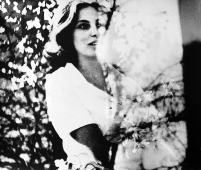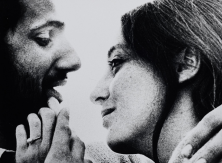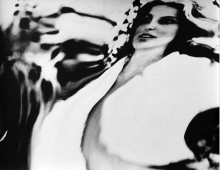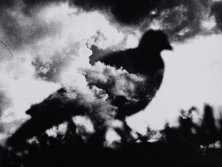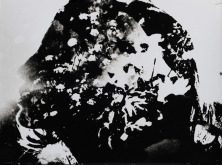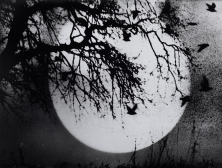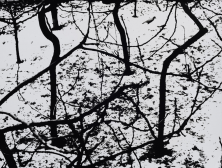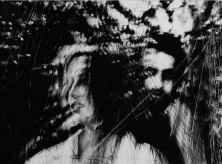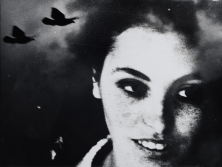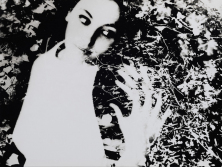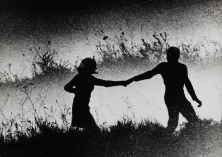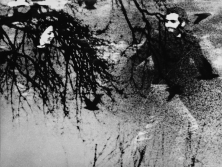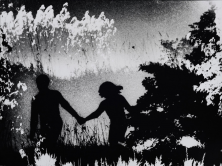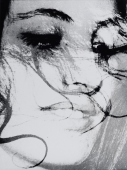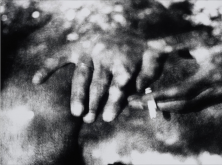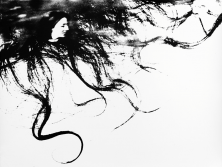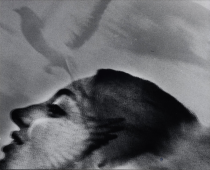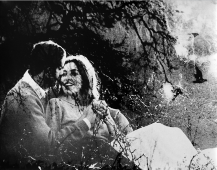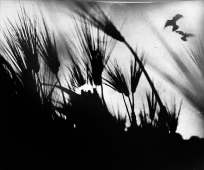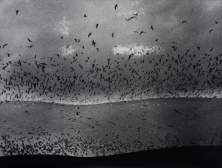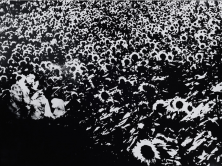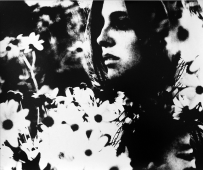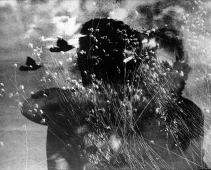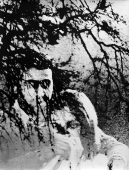Mario Giacomelli
Mario Giacomelli
“Tribute to Spoon River”, featuring the work of Mario Giacomelli, realized between 1968 and 1973 “Caroline Branson da Spoon River” is a relatively unknown series by the Italian photographic master. Deceased in 2000, he became known for his contrasting imagery of dancing students, for piercing portraits of farmers and ageing silhouettes of the elderly in clinics, as well as his iconic landscapes of the hilled countryside lined with ridges and furrows dug up by ploughs.Read more
Giacomelli’s inspiration for this series originates from Edgar Lee Masters’ poem Caroline Branson, of the Spoon River Anthology, an American postromantic classic published in 1915 and translated by Cesare Pavese in 1943. The photographer transcribes Masters’ poetry into images, capturing scenes between two young lovers, Leonardo and Mara, whom he encountered in 1968 near Senigallia.
“Giacomelli was moved by a poem that tells a beautiful, yet tragic tale of two lovers, who make a death pact. They choose to end it all rather than risk seeing their passion fade into dull monotony“ explains Katiuscia Biondi Giacomelli, the granddaughter of the deceased photographer.
But the maestro goes much further than simply framing shots of the two lovers on the banks of the Misa in Senigallia…
“At first,” in a conversation with the historian Arturo Carlo Quintavalle, Mario Giacomello explains, “the results were disappointing.
The images did not make sense, they were far too realistic.”
It is not until the period between 1971 and 1973, that the series as we know it today began to develop, deep within Giacomelli’s darkroom. Leonardo and Mara transform through the photographer’s memories. He plays with overlays and superimposes images creating strange distortions and experimental touch-ups, like a painter putting the finishing brushstrokes onto his canvas.
Reconstructing the narrative in his imagination and through memories, Giacomelli translates his own mental projections onto the paper.
“I was reliving this love from the first person. The images passed over from a material state to an intangible state of memory.”
For professor Carlo Bugatti, director of the Museum of Photography in Senigallia, Giacomelli’s homage to Caroline Branson of Spoon River is indispensable to understanding the history of Italian photography.
“He was one of the first artists to embark on this style of narrative photography (‘Il racconto fotografico’), theorized by Luigi Crocenzi, where subjectivity and the photographer’s sensations rule over realism.” His narrative extends like a thread, suspending and linking each image to the next. No turning point punctuates their flow, as though the series was one single long sentence, serenaded by the photographer.





